How to get rid of bindweed in the garden?
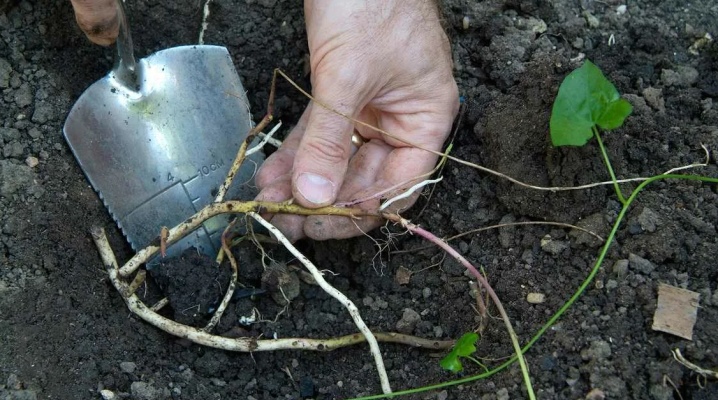
Bindweed, or as the people call it "birch", is very dangerous for cultivated plants - it twists around their stems, because of which they lie down and often die. The bindweed picks up nutrients and moisture from the soil at a depth of 70 cm, as a result, the substrate is depleted and dehydrated. In addition, the roots of this weed emit toxic substances, they have a depressing effect on horticultural crops, which leads to a weakening, deterioration of growth and development, and also reduces productivity.
Mechanical control measures
In summer cottages, in gardens and orchards, bindweed is considered a weed. It braids around cultivated plants, preventing their full growth and development. Rapidly spreading over the site, the plant closes plantings from sunlight, which have become a support for it. This causes a deterioration in photosynthesis and, as a result, a lack of micronutrient and macronutrients.


At the same time, it is not possible to remove the "birch" without damaging the cultivated seedlings. The weed has to be carefully untangled and literally cut into pieces. It will not work and uproot it - the remnants of the rhizome will certainly remain in the ground, from which new, stronger plants will soon grow.
In the fight against weeds, mulching has become widespread. However, in the case of the "birch", it does not give a noticeable effect - the loach under the spunbond weakens, but nevertheless does not stop its growth. Even if you keep the area under cover with black film throughout the season, the bindweed will still appear the next year, albeit in smaller quantities. In its natural environment, this plant grows well even on stone embankments, so in the garden it is able to break through a thick layer of rubble and gravel.
Thus, mulching is a rather dubious way of dealing with birch trees. If the bindweed has braided garden plantings, then weeding, loosening, oppression and suffocation will be the most effective.
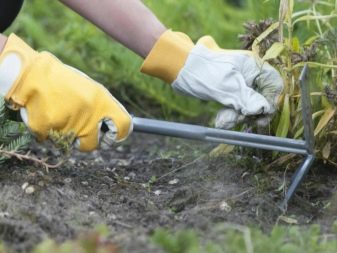
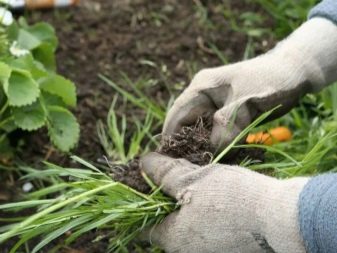
Weeding and loosening
Multiple deep loosening is considered a popular way of dealing with bindweed. It allows you to significantly reduce the contamination of the site with this plant. To kill the weed, it is necessary to cut the roots of the plant to a depth of 10-15 cm three to four times during the growing season. New shoots then grow in smaller numbers and much more slowly. However, you should not expect quick results - as practice shows, it will take 2-3 years and about 12-15 treatments to completely remove the "birch" from the site.
On small beds with a low degree of damage, you can pull out a "birch" manually, while it is important to choose a rhizome from the ground. Of course, it is unlikely that it will be possible to extract all the roots, but even with their partial removal, the rate of spread of the weed will be significantly reduced. Weeding should be done every 2-3 weeks - this way you can protect the plantings from the growth of bindweed in the summer.
In order to completely get rid of weeds, or at least significantly weaken it, it will take at least 3-5 years.
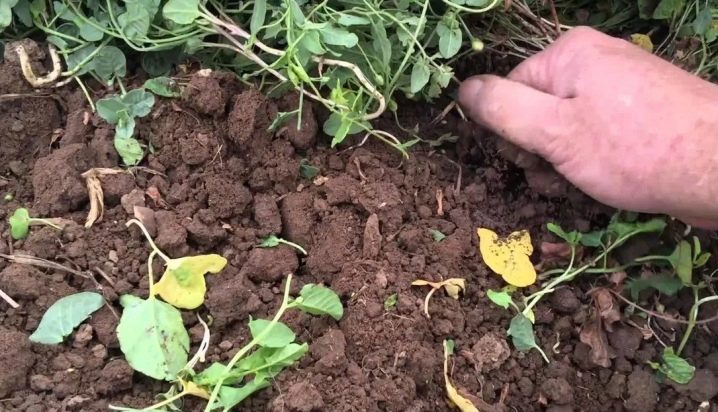
Exhaustion and suffocation
Exhaustion is one of the most effective techniques that allows you to almost completely remove the field loach in one season and save garden plantings. This method consists in the fact that young shoots of a weed plant must be periodically removed at the earliest stage of their development. - that is, to destroy in the first 2-3 days after they appear on the surface of the soil, before they have time to turn green. This procedure must be repeated many times.
The principle of operation is simple. Loach roots contain a significant supply of nutrients and moisture, so that new buds can germinate even on small roots from great depths. When young shoots appear, the roots use up the reserves they have, without replenishing them in any way.
However, as soon as full-fledged green leaves are formed on the seedlings - the process of photosynthesis starts and the energy supply is replenished again.
That is why it is necessary to destroy the plant before the first leaves open. Usually, removing the sprouts three times allows you to completely deplete the rhizome and get rid of the annoying neighborhood.
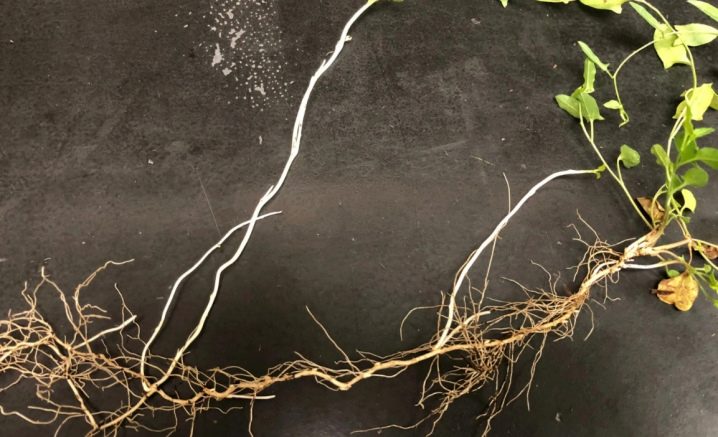
A good technique against the "birch" is strangulation. In this case, the soil is carefully loosened to a depth of 8-12 cm - so as to break the rhizome of the weed into small pieces. After the emergence of mass shoots, re-digging is carried out, already to a depth of a shovel bayonet of 20-25 cm.At the same time, it is necessary to plow the ground in such a way that the top layer goes down - from this depth, the seedlings will not be able to get out to the surface in any way, since the rhizomes are still too weak, small and lacking in nutrients.
You can use a simplified method. First, the earth is also loosened to a shallow depth, simultaneously breaking the rhizome into small pieces. After a week and a half after such treatment, new shoots appear. Before they grow more than 10 cm, they must be trimmed or mowed. Repeat the procedure as necessary.
It is very important with this approach to prevent overgrowth of shoots. Otherwise, lateral roots with new buds will start growing - the plant multiplies and then the fight against the pest can drag on for an indefinite time. With regular and timely carrying out of such processing by the next season, the number of weeds in the garden is usually reduced by 3-4 times.
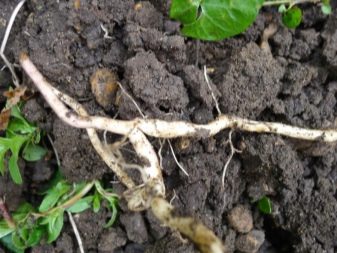

How to remove with chemicals?
The bindweed is resistant to herbicides. However, there are means that allow you to fight the enemy and even destroy him forever. In summer, on summer cottages and lawns, you can use formulations based on glyphosate - "Glibest", "Napalm", "Roundup", as well as "Fighter" and "Sprut Extra".
It must be borne in mind that there are no chemicals that would simultaneously destroy weeds and at the same time be absolutely safe for horticultural crops. That's why it is possible to process the site from the "birch" before sowing cultivated plants or after harvesting.
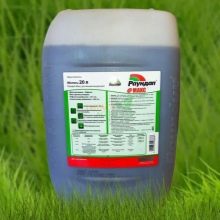


In this case, you must follow the basic rules of agricultural technology.
- Do not treat bindweed with chemicals until its stems grow 20 or more centimeters. Until this stage, the plants have too few leaves and they will not be able to absorb enough poison to completely destroy. Such processing will in fact be ineffective.
- An adult "birch" is particularly resistant to chemicals. Therefore, it is best to carry out the treatment while the plants are still young.
- Experienced gardeners have noticed that the greatest effect can be achieved by using herbicides during the flowering stage. After that, the effectiveness of the treatment decreases many times.
- A complex effect gives good results. In this case, the earth is first dug in order to destroy the roots of adult plants. And as the young germinate, chemicals are used.
- It is advisable to carry out processing in a period when at least a month remains before the onset of frost. It is important that the active components of the preparations are completely absorbed into the roots and completely destroyed.
- Herbicides are used in dry weather.If it rains within a few hours after spraying, then the active substances will simply be washed off the leaves into the ground and will not give any noticeable result.
- Within a month after the treatment, it is undesirable to cut, weed and mow the weeds. Otherwise, the toxins will not enter the roots from the aerial part and the bindweed will survive.
Usually, young loaches with an underdeveloped root system wither after the first treatment, the old ones struggle for existence. Even if the aboveground part dies and fades, the rhizomes in the ground will remain alive. It is possible that after a few weeks, and maybe next year, new powerful weeds will grow out of them.
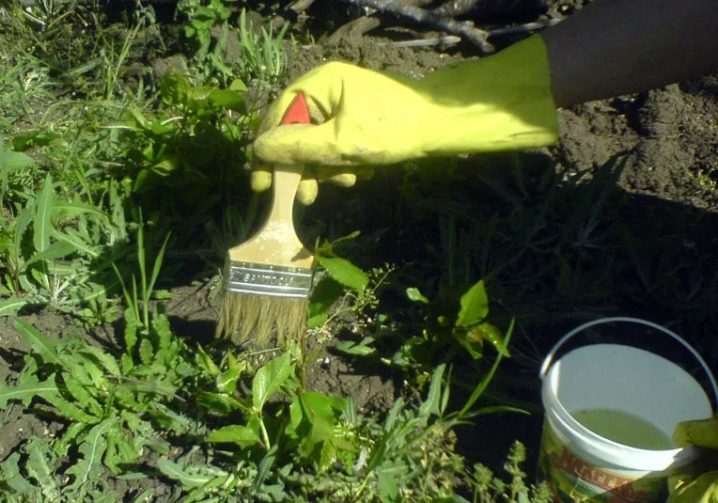
Biological techniques
Creeping loaches are very fond of sunny areas. If the plant grows among dense plantings that create shading, then it will develop slowly and inactively. Knowing about this feature of the loach, many are trying to overcome the pest by planting siderates. Alfalfa, oil radish, mustard, phacelia and rye give good results. Sunflower, sorghum and Sudanese grass help to destroy the birch tree.
Using this biological technique, in just 2 seasons, you can significantly reduce the number of loaches on the site. Nevertheless, it is unlikely that it will be possible to achieve complete disposal of the weed. You also need to keep in mind that planting cereals on the site attracts mice, rats and other rodents. Therefore, such plants should not be left in the garden for the winter - it is best to mow them and move them for storage to another place.
Important: this method is not used if the loach has grown in areas with potatoes, beets and other root crops.
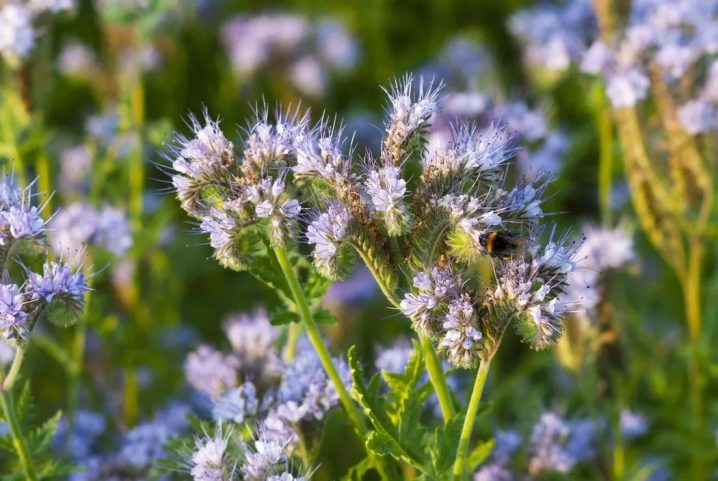
Folk remedies
By nature, bindweed prefers acidic soils, so alkalization is often used to combat it. Popular recipes against "birch" are based on the use of the following substances.
- Lime - it is brought in in the autumn, immediately after harvest, so as not to harm cultivated garden plants. One square meter of planting requires 300 g of the drug.
- chalk - like lime, this substance is introduced only in the fall at the rate of 400 g per square meter.
- Dolomite flour - it can be added to the ground both in the autumn and during the spring digging of the soil. The optimal dosage per square meter is 400 g.
- Wood ash - is paid at the rate of 1 kg per square meter of the landing area. This substance not only deacidifies the earth, but at the same time saturates it with useful microelements.
- Some traditional methods involve the use of salt at the rate of 1 kg per 10 liters of water. However, one must take into account the fact that not all cultivated plants will subsequently be able to successfully grow and develop in a greasy substrate.
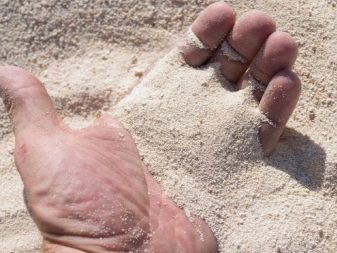
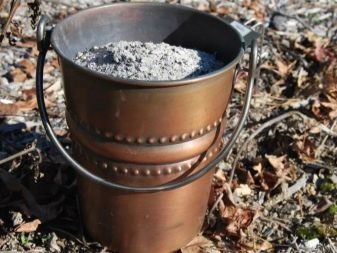
Other remedies include baking soda and vinegar. However, their effectiveness in the fight against "birch" raises serious doubts, but the harm from exposure can be very significant. These are aggressive substances, and if they get on the aboveground part of cultivated plants, the latter will literally burn out. Getting into the ground, such reagents change its structure and composition, so there is always a great risk that no garden crops will be able to grow in this place for years.
If the weed is young, then even boiling water can remove it. To do this, you need to generously shed land for them, capturing the surrounding areas within a radius of up to 1.5 m.
Regardless of the method chosen, the loach should be fought before its final extermination - only in this way can it be completely destroyed. If you do not pay enough attention to the treatments, then the "birch" will grow over and over again and completely clog the entire garden. Destruction must be persistent and planned, then this unwanted neighbor will leave the garden area forever.
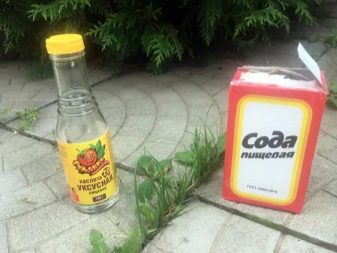
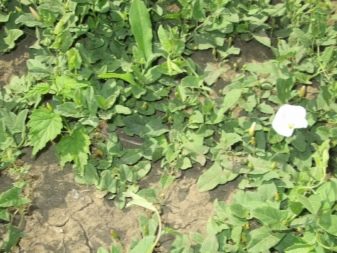













The comment was sent successfully.